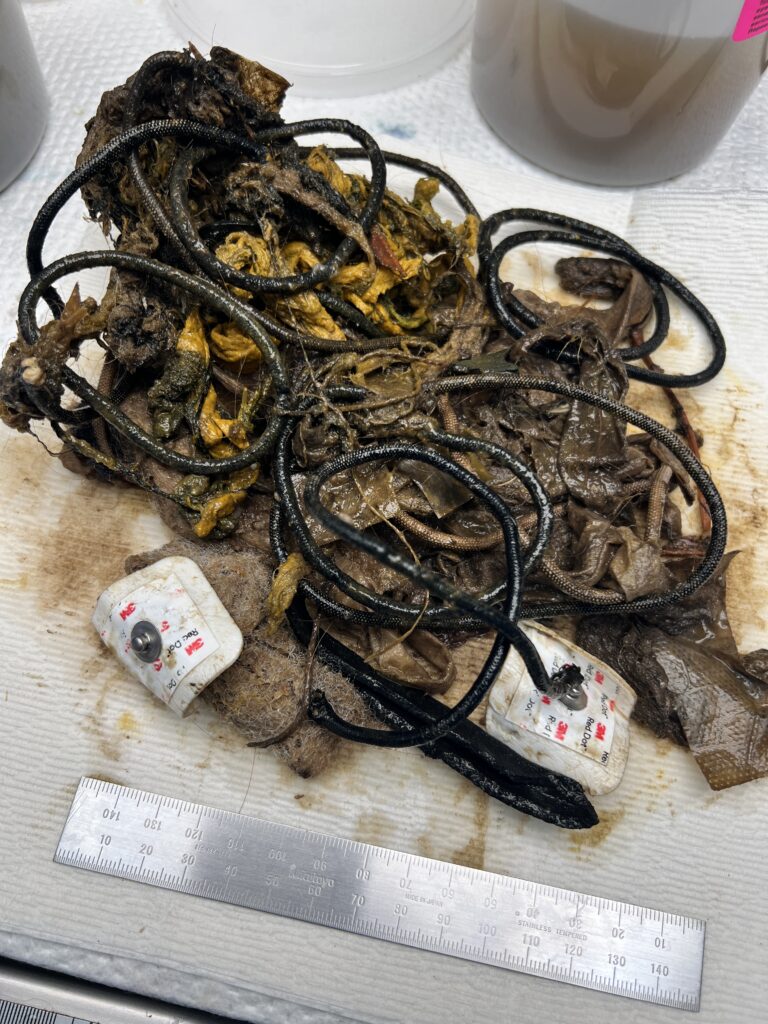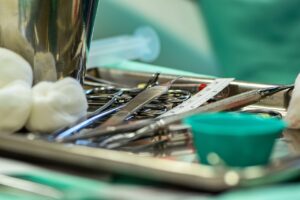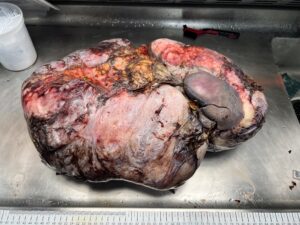Eating is a natural, necessary part of life, but for some individuals, it can become a compulsion—one that extends beyond traditional food and veers into the consumption of non-edible items. This behavior is often tied to underlying mental health conditions that can be distressing, dangerous, and challenging to manage. Let’s explore Pica, a mental illness that may cause someone to compulsively eat anything within arm’s reach, whether it’s edible or not. At the end we will see why this absolutely belongs on a page dedicated to pathology!
Pica
Pica is an eating disorder characterized by the compulsive consumption of non-food items that hold no nutritional value. Commonly ingested substances include dirt, chalk, paper, soap, and hair. While pica can occur in individuals of any age, it is particularly prevalent among young children, pregnant women, and individuals with certain mental health conditions such as autism spectrum disorder, intellectual disabilities, or schizophrenia.
Potential Causes and Triggers
- Nutritional Deficiencies: Deficiencies in minerals like iron or zinc may prompt individuals to consume non-food items in an attempt to replenish these nutrients.
- Cultural Practices: In some cultures, the ingestion of specific non-food substances is customary and may not be considered abnormal.
- Developmental Factors: Young children often explore their environment by putting objects in their mouths; however, persistent ingestion beyond typical developmental stages may indicate pica.
Associated Health Risks
- Toxicity: Ingesting hazardous materials can lead to poisoning.
- Physical Injury: Sharp or hard objects may cause dental damage or injuries to the digestive tract.
- Infections: Consuming contaminated substances can introduce parasites, bacteria, or viruses into the body.
- Digestive Blockages: Non-digestible items can accumulate, causing obstructions in the intestines or stomach.
Potential Treatment Approaches
- Medical Evaluation: Identifying and addressing any underlying nutritional deficiencies is crucial.
- Behavioral Interventions: Techniques such as positive reinforcement and aversion therapy can help modify eating behaviors.
- Environmental Modifications: Reducing access to non-food items and providing safe alternatives can mitigate risks.
- Psychological Support: Counseling or therapy may be beneficial, especially for individuals with coexisting mental health conditions.
Why Do We Care About This In The Path Lab?
In the pathology lab we often receive specimens which receive a “gross only diagnosis”. Which means we don’t look at them under the microscope. We just document them at the grossing bay and then store them for a predetermined amount of time before disposal. Most states have laws Stating that anything removed from the human body (inside or out) must be documented and given a pathology report from an accredited laboratory. This look at Pica was inspired by a specimen I received (pictured below) which was labeled “bezoar”. Learn more about bezoars here.

This particular bezoar was removed from the patient’s stomach and contained shoelaces, wires, hair, electrode pads, part of a bedsheet, a shredded absorbent pad and pieces of medical tape. Everything in this pile was something that might be found on or near a patient in a hospital bed. Again, my job was just to document as many things as I could recognize and give an overall description. As interesting specimens go, this was definitely one of the weirder ones!!



